Going ultralight becomes a goal for many people as they start their backpacking journey.
The term ultralight is an arbitrary one and certainly nothing new, but since sometime in the early 2000s, the word has generally come to mean a base pack weight of 10 pounds or less.
Why this goal?
Because carrying a few grams makes things easier when your kit’s dialed in for the environment, your skill set, and trip goals.
And, let’s face it, many consumers of backpacking gear are high-achieving professionals with disposable income.
It’s another challenge to accomplish and a goal to attain via purchasing new items.
Initially written in 2020; updated in 2025
But whatever the reason(s), people want to get a lower pack weight when out in the mountains.
I can’t say that I blame them, as I like to pack light myself. Though we take the term “Be Prepared” to mean taking a lot of crap, that’s not the original intention at all. I prefer to take what I need for my safety, comfort, and enjoyment levels. And though schlepping 50+ pounds for a weekend trip might make some feel like a “mucho, macho, hot dog” (as a High School teacher used to say to us), I’m lazy at heart and prefer to pack light so I can carry more essential items such as rum.

Or a tallboy.
So, whether you want to go lighter to have an easier time hiking, as a challenge for yourself, like your toys, or want to be the lightweight version of a “mucho, macho, hot dog,” here are my thoughts on how to go sub-10lbs.
Research
If you are new to backpacking, get some basic trips under your shoes to see what works for you. You don’t need to spend a lot of money on anything #EPIC or overly tricky. Get out, have fun, and get out some more. I know a guy who wrote a book for beginning backpackers. I also have a collection of articles that should assist.
Once you have your gear kit dialed in, I suggest you keep it simple. There are many books, articles, and YouTube videos on the Uber Deep Secrets of Super Duper Ultralight, or similar nonsense from dubious “experts.”
Instead, I suggest picking up a copy of Ultralight Backpackin’ Tips: 153 Amazing & Inexpensive Tips for Extremely Lightweight Camping by Mike Clelland.
This book is vendor-neutral and offers both quick tips and ideas to build an overall system that lets you dial in your gear. It’s also very entertaining and makes a great read!
If you want to take a deep dive into specifics, concepts, and reviews, the folks over at Reddit /ultralight have a well of knowledge. However, it can sometimes be tough to separate the wheat from the chaff, and the loudest voices sometimes get mistaken for expertise. Their sidebar resources and Wiki are thorough places to start, and then you can ask follow-up questions with more knowledge and sort the signal from the noise a bit more.
If you want a more in-depth, gear-specific book, Andrew Skurka’s will appeal to those who like to be process- and detail-oriented.
I do not consume many backpacking-focused videos, but I realize many people prefer YouTube to reading for various reasons. I can’t suggest any videos myself, but people seem to enjoy Jupiter Hikes.
Take Fewer Items
People new to the concept of going lightweight tend to look at gear. While gear is essential, knowing how to use the tools and which ones to bring is more critical. A no-cost method to go lighter is to take fewer items of gear. Take two pairs of socks instead of four, a pair of underwear you can rinse, drink from a water bottle rather than a mug, etc.
Additionally, learning skills such as knot tying or first aid increases your knowledge base. That means you take fewer items, and education does not weigh grams.
Going minimalist is a vital part of ultralight backpacking, and it not only costs nothing but is arguably what attracts me to it on a personal level. The fewer items I have on me, the simpler I find my time in the wild spaces. I am not concentrating on gear, but rather on the experience itself.
I like to say I’m a minimalist, so my solo kit ends up ultralight. I’d find it hard to go ultralight if I took too many items. Plus, I’d have spent more money.
And this philosophy also spills over into the rest of my life, letting us live a modest yet comfortable life.
Weigh everything
Once you start gathering your items, it’s time to weigh everything. As you dial in your gear system, this task holds less importance. But when you start, all those “lightweight” items add up.
A simple kitchen scale will let you get a realistic assessment of the gear’s weight. You can purchase a digital scale or an analog scale that does not require batteries (my preference at this point; the one I linked also does grams).
And as you weigh everything, make notes! Lighterpack is a free tool that lets you track your gear weight, the items, and even an overall snapshot of the types of items in your pack.
Be Honest
Let’s assume your goal is not just to make a cool-looking spreadsheet to impress people. Your goal is to enjoy the outdoors more with fewer pieces of gear and to keep it simple. And to make it easier on your body as you go up and down the trails.
So, why fudge the numbers?
I’m not talking about “Angels on the head of a pin” type arguments, if mobile devices get considered as worn weight or not, if you keep it in the pocket, if poles should be regarded as the gear on the self, etc.
In reality, no one cares except for those comparing gear weights.
But you are cheating yourself by listing two pounds of camera gear as something similar to clothing because it is in a fanny pack. Or if you cram a rain jacket, warm hat, gloves, etc., into the same fanny pack and don’t count it as weight, I assure you your body will certainly realize this weight counts.
Chapstick in your pocket? Not-so-much.

Be Realistic
Many of the gear lists get optimized for prime three-season hiking on well-marked trails.
If you are hiking in temperate woodlands in summer, you can quickly get to a low pack weight.
But is that where you are backpacking?
Off-trail might require more durable gear, desert hiking might require a sturdier frame pack to haul more water, and the sub-1lb packs may not fit your bear canister, which is increasingly needed in more areas.
You’ll need the right, and potentially more substantial, pack to accommodate these parameters.
Ditto for a warmer bag or more durable rain gear.
And so on.
On a related note, beware of gear lists found on various forums or videos. The user might have much more experience than you or (more likely!) have a nifty spreadsheet with no real-world use behind it. Heck, I’ve seen a sub-3lb winter backpacking list that’s dubious at best. 😉
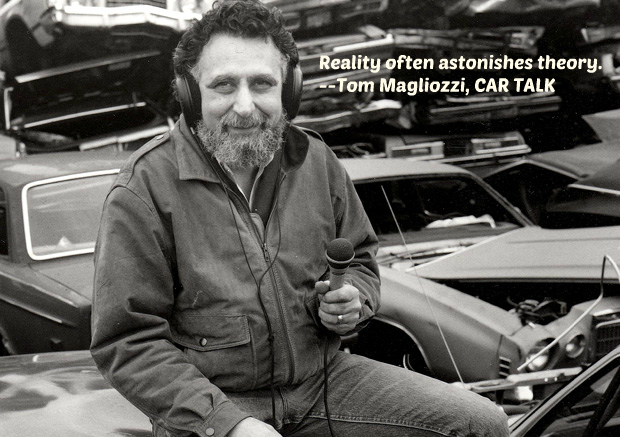
A wise saying from a wise man.
Backpack often as possible
The best way to get ultralight? Go out backpacking!
Until you assemble all your gear and use it, you won’t know what works for you overall.
The experience will show you how to go lightweight for your safety, comfort, and fun.
Besides, it is more fun to use gear than to buy it. Hopefully!
And don’t worry if your first trip doesn’t go exactly as you planned. Mishaps happen.
And they still happen to me.

There’s a trail here. Somewhere.
Repeat steps
Continue to repeat all the steps above. Research, tinker with your gear, and make adjustments.
I’ve backpacked for a while now, and I’m still learning new skills, adjusting my gear a bit, and trying new things.
My goal is to get out as much as possible and have fun doing it. Over the years, I switched from sleeping bags to quilts, went back and forth with tarps, and eschewed fleece as too heavy and now count it among my favorite pieces of clothing. And I’ve learned to enjoy backcountry skiing, and we started picking up packrafting to add to our outdoor experience kit.
And I’m sure my needs, desires, and even my technology will change as I continue backpacking.

Backpack even more
Yes. Continue to backpack, as that’s the best way to learn, expand your skill set, and further refine your gear and techniques.
And you’ll have fun.
Realize going sub-10lbs is a guideline and not an absolute
The 10 lb base pack weight metric is just that: A metric.
There is nothing magical about this number.
In an alternate universe where the USA adopts the metric system, our societal preference for groupings of five would mean 5 kg ends up being the magic number… or a smidge over 11 pounds.
In other words, use the 10 lbs mark as a guideline—something to help you gauge your base pack weight. And adjust when needed for different trips.
In other words, think of it as more of a philosophy.
When Joan and I went on a four-day trip, a February packrafting trip pre-COVID, we needed large packs for cold-weather gear, a packraft, and water carries. But because we are used to packing light, all this additional gear is more manageable. Our pack weights were NOT under 10 lbs. But they ended up being sub-15 lbs. Not ultralight by the metric most people use for three-season backpacking, but very light for the type of trip we did. All because of the steps above that we have followed over the years.
Additionally, you realize that gear is part of a system, and that how the system works overall matters more than any single piece of equipment.
I use my ULA CDT, which is 13 years old and has many miles and days on it. Why? It is “heavy” at ~20oz compared to some packs, but its toughness, size, and structure make it work well for the trips I enjoy off the beaten path.
On a similar note, we took an 8-oz weight penalty to include a freestanding tent for Joan and me for colder-weather use. Quick setup on the ground that doesn’t always work well for staked shelters means less “spirited discussions” when there’s little daylight, it’s getting cold, and the sleet’s coming down. More time to enjoy our cider and rum. Oh, and the kicker? My overall carry weight ends up being less as the tent is easier to split versus an older tarp-style shelter! 🙂
As you gain experience with your solo kit, you can apply this idea of ultralight backpacking to other types of trips easily.

___________________________
And that’s how to go ultralight: Research, weigh your gear, go out hiking, tinker, repeat, and keep learning. And get in yet more hiking.
And crucially? Don’t get too hung up on the numbers. Let the numbers guide, not dictate, your experience.
Happy hiking!


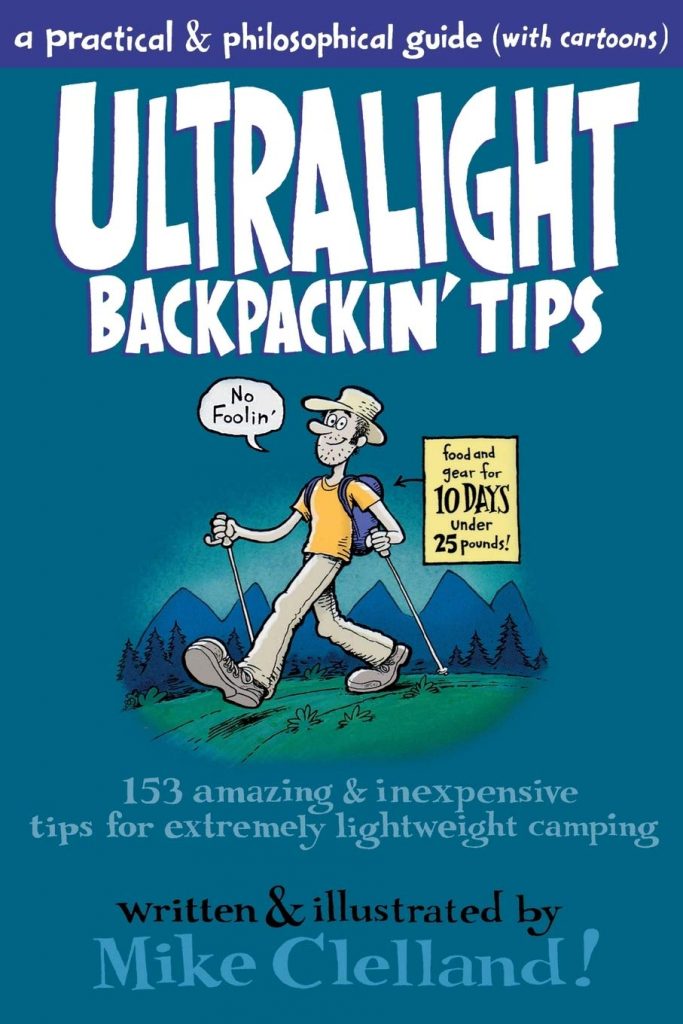
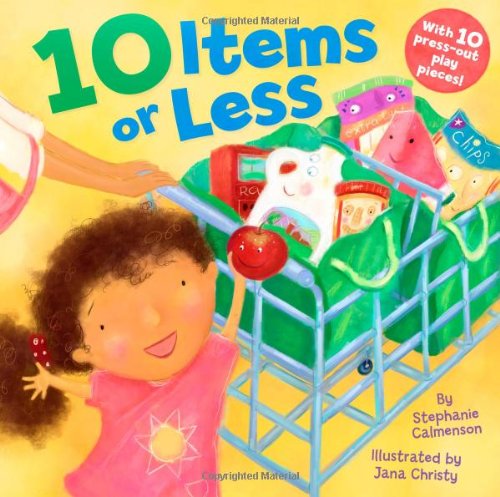
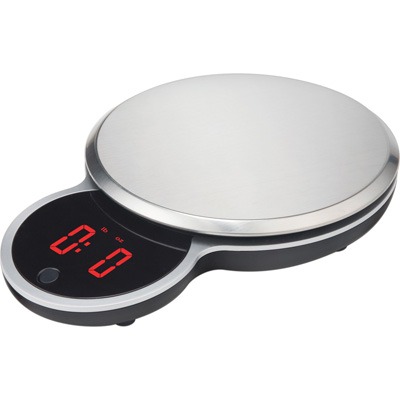
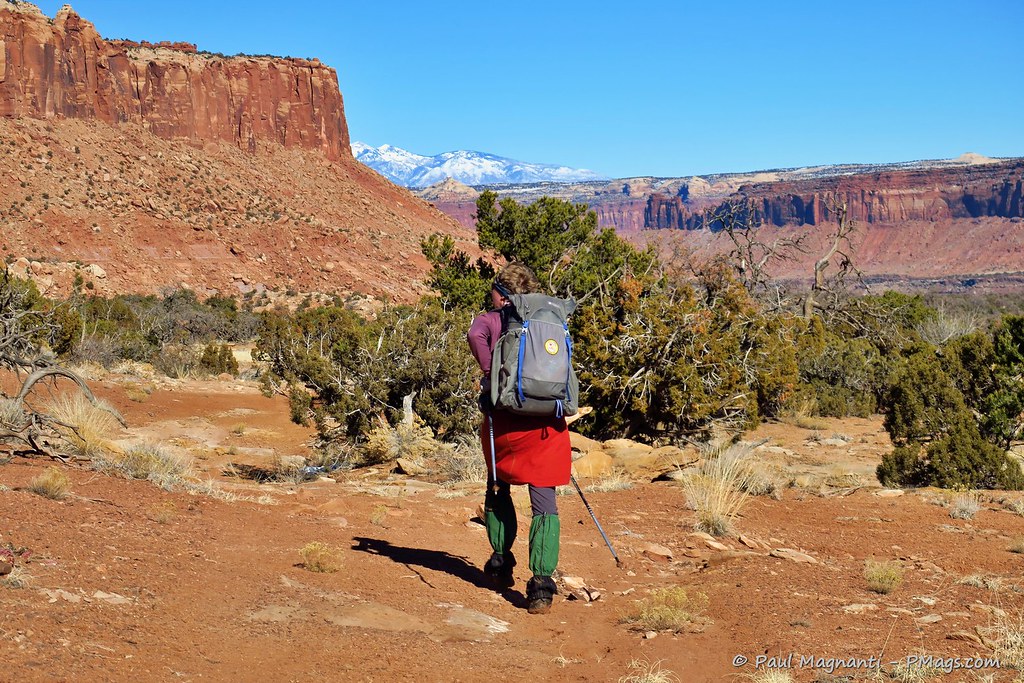
“Continue to backpack, as that’s the best way to learn, expand your skill set, and further refine your gear and techniques.” Very true. A combo of regular trips and objective observation will generally teach you more than any video, blog, forum, or book.
I had a feeling you’d agree, my friend!